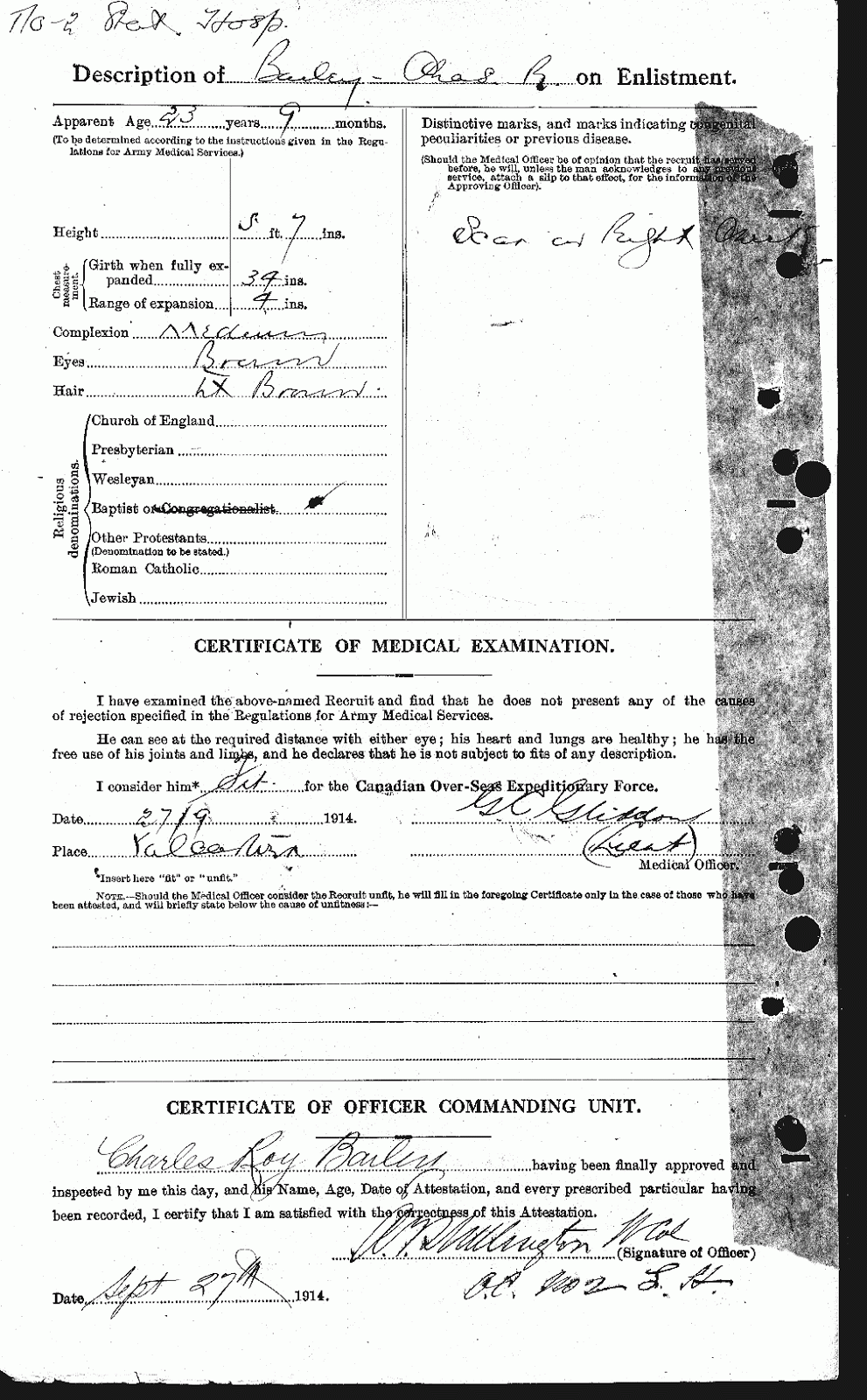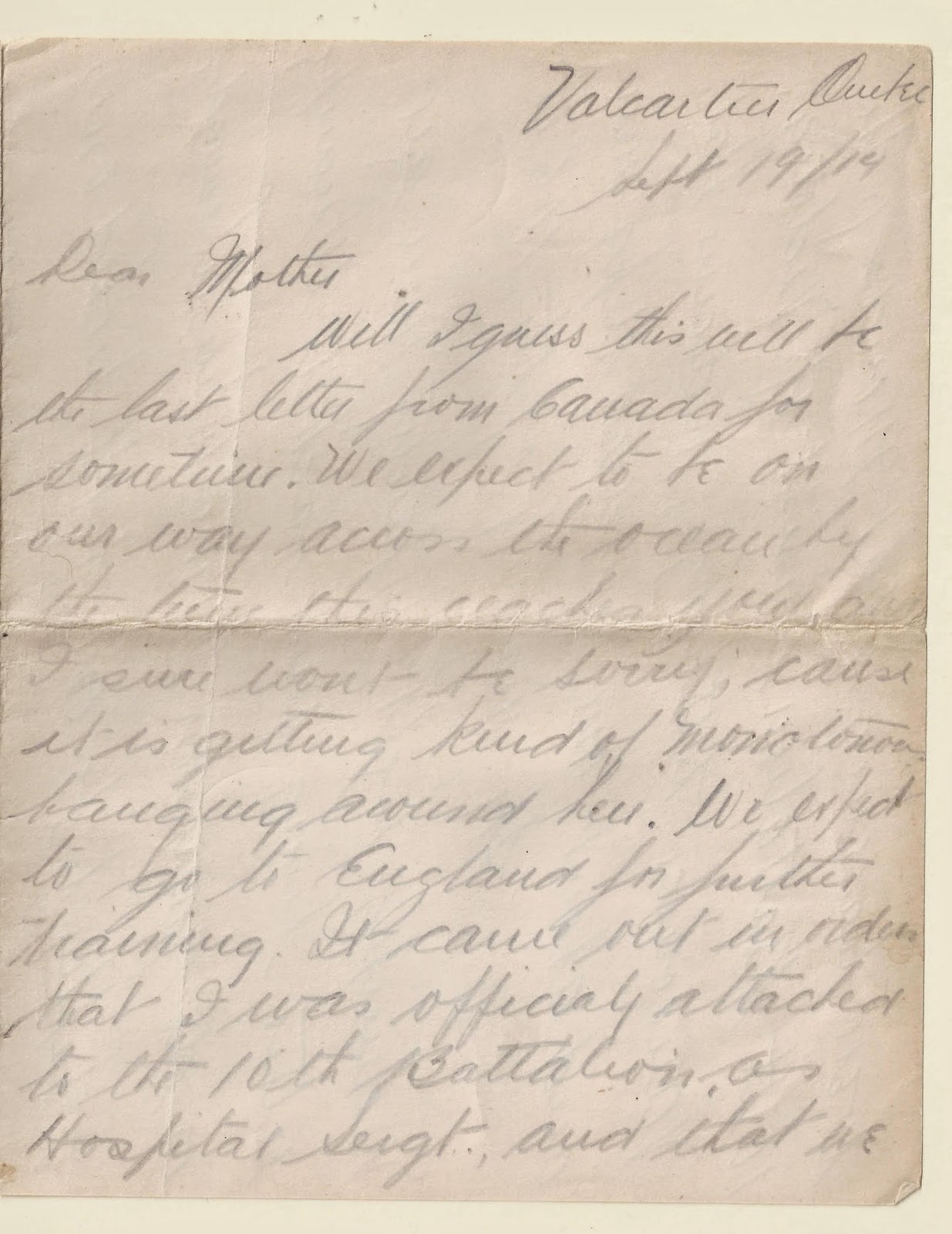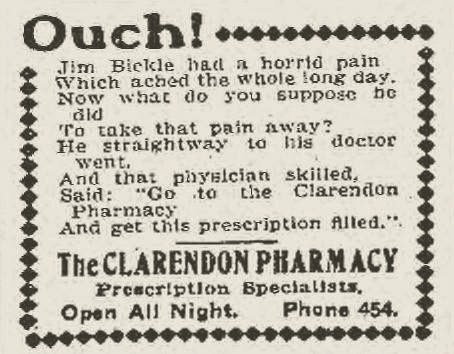Almost 100 years ago to the day, Charley Bailey is disembarking from the S.S. Scotian after traveling across the Atlantic with a convoy of ships transporting men and women, horses, food and ammunition to their destination in England. His first letter home from Salisbury Plain in England doesn't arrive for a while yet.
All the ships in the Canadian convoy arrived safely and with much jubilation and appreciation from the onlookers.
Sadly, any sense that our Canadians had that this Great War was to be some Grand Adventure will soon come to a end.
Sadly, any sense that our Canadians had that this Great War was to be some Grand Adventure will soon come to a end.
Meanwhile, back home in Canada, Charley's Mother and step-Father had moved from Vancouver, British Columbia to Viceroy Saskatchewan.
Marmaduke Thomas Lorenzo Lloyd's ties with Vancouver were deep and went back more than a decade. He had a thriving business, The Palace Livery Stable, on the corner of Pender and Burrard. Here's an 1898 Map of Vancouver. The wee yellow dot on the map is the location of the livery stable.
Here's a close up of the same map.
And my latest exciting discovery; a photograph of my Great Grandfather's Livery Stable. Going in closer we can see a man walking in front of the building and the Palace Livery Stable sign up above.Below is the transcript of an article from the Vancouver BC World Newspaper, Souvenir Edition June 20, 1896 which speaks quite highly of Marmaduke and his business dealings.
There is no
more thriving and popular establishment of the kind in the Province than the
Palace livery stable, Mr. M.T.L. Lloyd, proprietor, located at the corner of
Pender and Burrard streets.
Eight years ago these stables were opened and in 1891, Mr. Lloyd became proprietor. The main building is a three storey structure 80x150 feet in area, thoroughly modern and complete in appointment and equipment. It is lighted by electric light; is provided with the latest sanitary appliances and is up-to-date in every particular. There is accommodation for upwards of 90 horses. A general livery and boarding business is conducted. First-class single and double-driving, and ladies and gentleman's saddle-horses; gladstones, phaetons, buggies, and all the latest styles of carriages are kept and promptly sent to any part of the city. There are no finer equipages in the city than those turned out by the Palace Livery Stable. A specialty is made of boarding horses. In all instances the rates are very moderate. Mr. M.T.L. Lloyd is very well-known and is quite popular in the city. He came here ten years ago from Manitoba, where he was in business. After arriving in Vancouver he followed contracting for a time. He takes an active interest in the city`s welfare and has various interests in a logging business. His time, however, is chiefly occupied about the stables. He is a lover of good horses and has often stated, `there is just as much difference in horses as in men.' Besides his many business pursuits he has frequently favoured the press with some choice poems. As a writer Mr. Lloyd has won considerable distinction.
and a similar article published July 13th 1894 in the Vancouver Daily World
Eight years ago these stables were opened and in 1891, Mr. Lloyd became proprietor. The main building is a three storey structure 80x150 feet in area, thoroughly modern and complete in appointment and equipment. It is lighted by electric light; is provided with the latest sanitary appliances and is up-to-date in every particular. There is accommodation for upwards of 90 horses. A general livery and boarding business is conducted. First-class single and double-driving, and ladies and gentleman's saddle-horses; gladstones, phaetons, buggies, and all the latest styles of carriages are kept and promptly sent to any part of the city. There are no finer equipages in the city than those turned out by the Palace Livery Stable. A specialty is made of boarding horses. In all instances the rates are very moderate. Mr. M.T.L. Lloyd is very well-known and is quite popular in the city. He came here ten years ago from Manitoba, where he was in business. After arriving in Vancouver he followed contracting for a time. He takes an active interest in the city`s welfare and has various interests in a logging business. His time, however, is chiefly occupied about the stables. He is a lover of good horses and has often stated, `there is just as much difference in horses as in men.' Besides his many business pursuits he has frequently favoured the press with some choice poems. As a writer Mr. Lloyd has won considerable distinction.
and a similar article published July 13th 1894 in the Vancouver Daily World
Charley's biological father (Charles Bailey) had died in an accident January 24th, 1893 when he was out cutting wood in 30 below weather. Charley was just a month old.
Marmaduke Thomas Lorenzo Lloyd married Jennie Bailey (Charley's mom) on June 7th, 1898 at Portage la Prairie, Manitoba. Vida Valerie Lloyd (Charley's little sister) was born April 29th, 1899 in Brandon Manitoba. Somewhere between 1899 and 1914 the family must have moved back to Vancouver. We know for certain that VV and her mom and dad were living in Vancouver when Charley enlisted and that Charley was working in Winnipeg at Clarendon Pharmacy when war was declared.
There is as yet no evidence as to why Marmaduke and Jennie moved to Viceroy. It was a happening place at that point in time. The Grain Elevator had just been built. It still stands today, one of the last vestiges of what once was a thriving community. The railway was big news in 1913. Historical notes on Viceroy tell us there was a hotel and bar in the town in 1914, however one can barely find Viceroy on a map today.
There is no date with this photograph but this is a portrait of Charley Bailey's mother; Jennie Lloyd (nee Howie).
and this is Charley's sister, Vida Valerie (VV) I'm guessing at about 16 years old.
It's October 1914 and as Charley is settling in at Salisbury Plain awaiting deployment, the Lloyds
are settling in to their new hotel business in Viceroy, Saskatchewan and
VV is in her first semester at Brandon College.





































